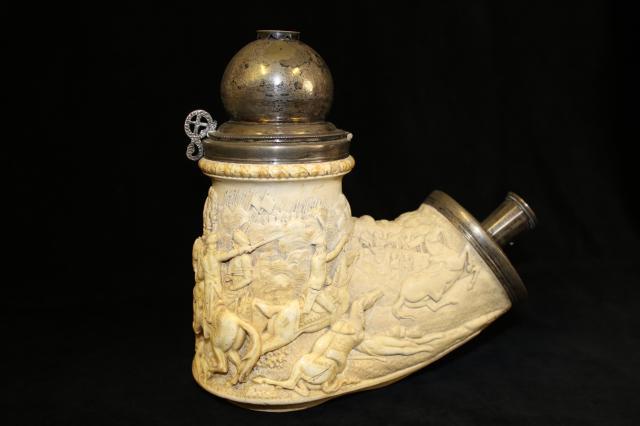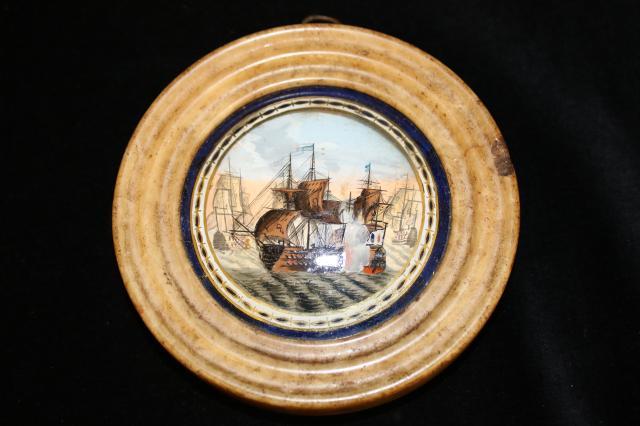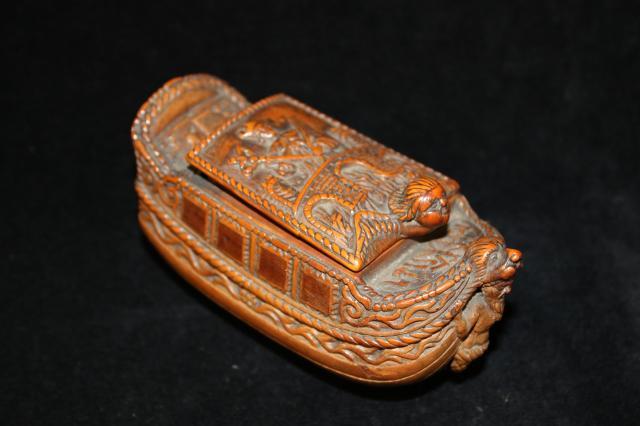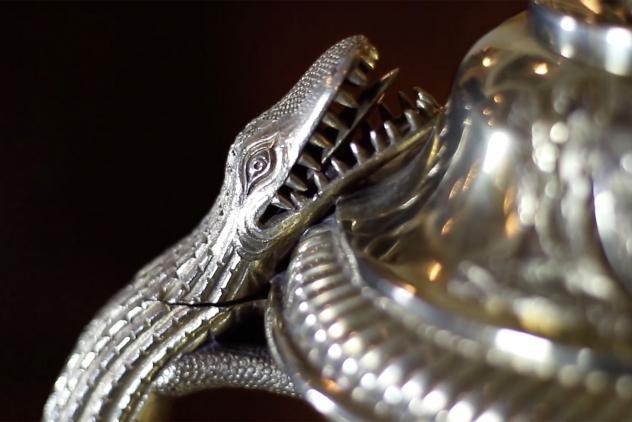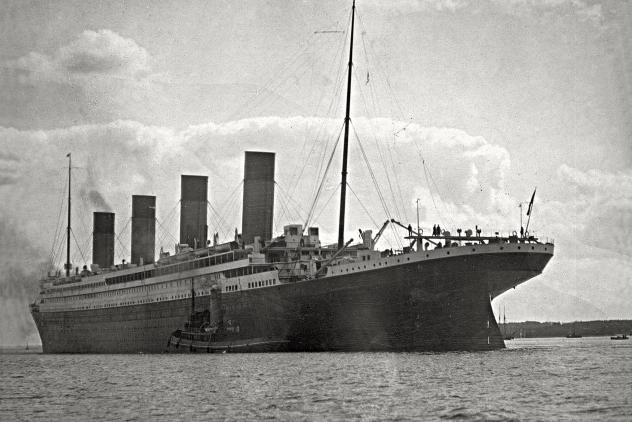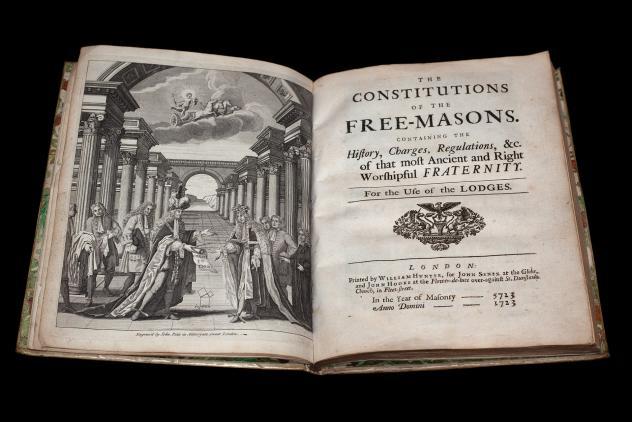From the 1790s until 1815 the UK was in an almost constant state of war with France and its allies. Across Europe battles were fought and fleets of ships were in combat all around the globe. When a battle ended the captured soldiers or sailors of the losing side were held prisoner so that they could not fight again. In the UK these French prisoners of war were held first in hulks, old ships moored in rivers so escape would be harder, and later in purpose built prison camps.
The conditions in these prisons were dreadful, food was in short supply and disease rife. If these prisoners had just been professional soldiers they would have not been able to do anything about it but these French captives had a trick up their sleeve. France had a conscript army so most of these men had a skill or trade learned before they became soldiers and the sailors had learned many crafts while they operated and repaired their ships. The prisoners wove lace, made model ships and carved ornaments and even ornamental boxes decorated with straw for sale to visitors so they could afford to buy better food and clothing.
Among the prisoners were freemasons. Freemasonry was popular in France during the reign of the Emperor Napoleon and many regiments had their own lodges. There were even meetings of freemasons in these prisoner of war camps. They too made items for sale but these were very specific. They were masonic badges termed ‘jewels’ that would appeal to English freemasons and remind them that their brother freemasons were in the camps and needed support.

These jewels are made of materials that were all around the prisoners. Straw from the mattresses on which they slept and slivers of wood from the beds, carved bones from their food, pieces of paper even human hair are elements in the creation of these beautiful objects. As the war progressed these craft activities became small industries and the jewels began to feature materials that the prisoners could now afford to buy including gold threads and sequins.
The designs of these jewels are similar to the engraved silver versions worn by English freemasons at the time. They feature many of the symbols of freemasonry including the square and compasses, the columns from the Temple of Solomon and the all seeing eye of God. These symbols reminded the purchasers and makers of the principles of freemasonry and so created a link between them.
These jewels became treasured collectable items from the moment that people bought them. The Museum of Freemasonry even has examples turned into cravat pins so members could wear them visibly in public. They are also found mounted in frames for display or as lockets to wear around the neck. They were among the first items collected by museums of freemasonry and are popular with collectors of masonic jewels today.
Today these jewels are on display in many museums of freemasonry. They are a reminder of how creativity can flourish in times of hardship and how objects can help us to remember the impact of conflicts in the past.

